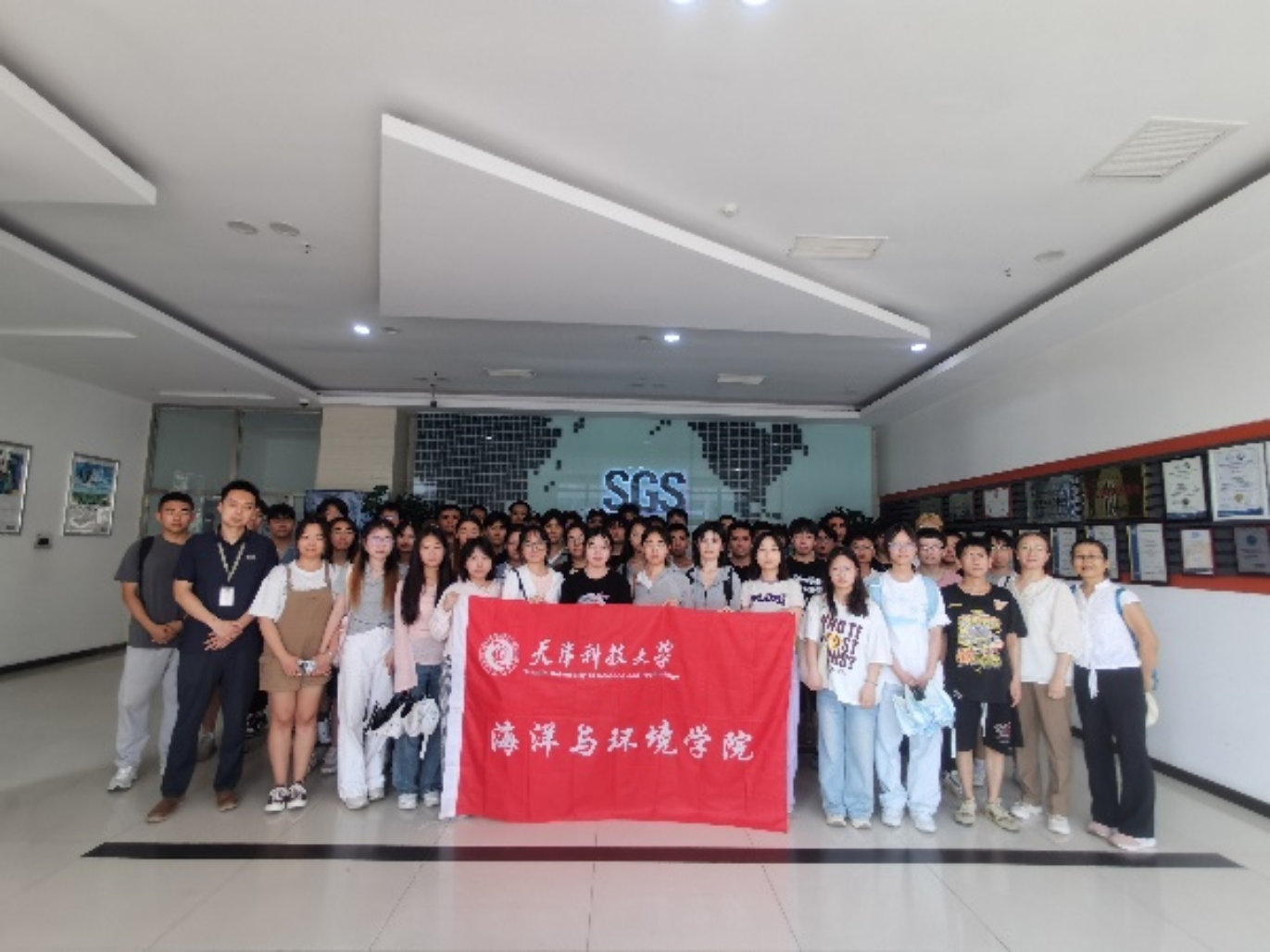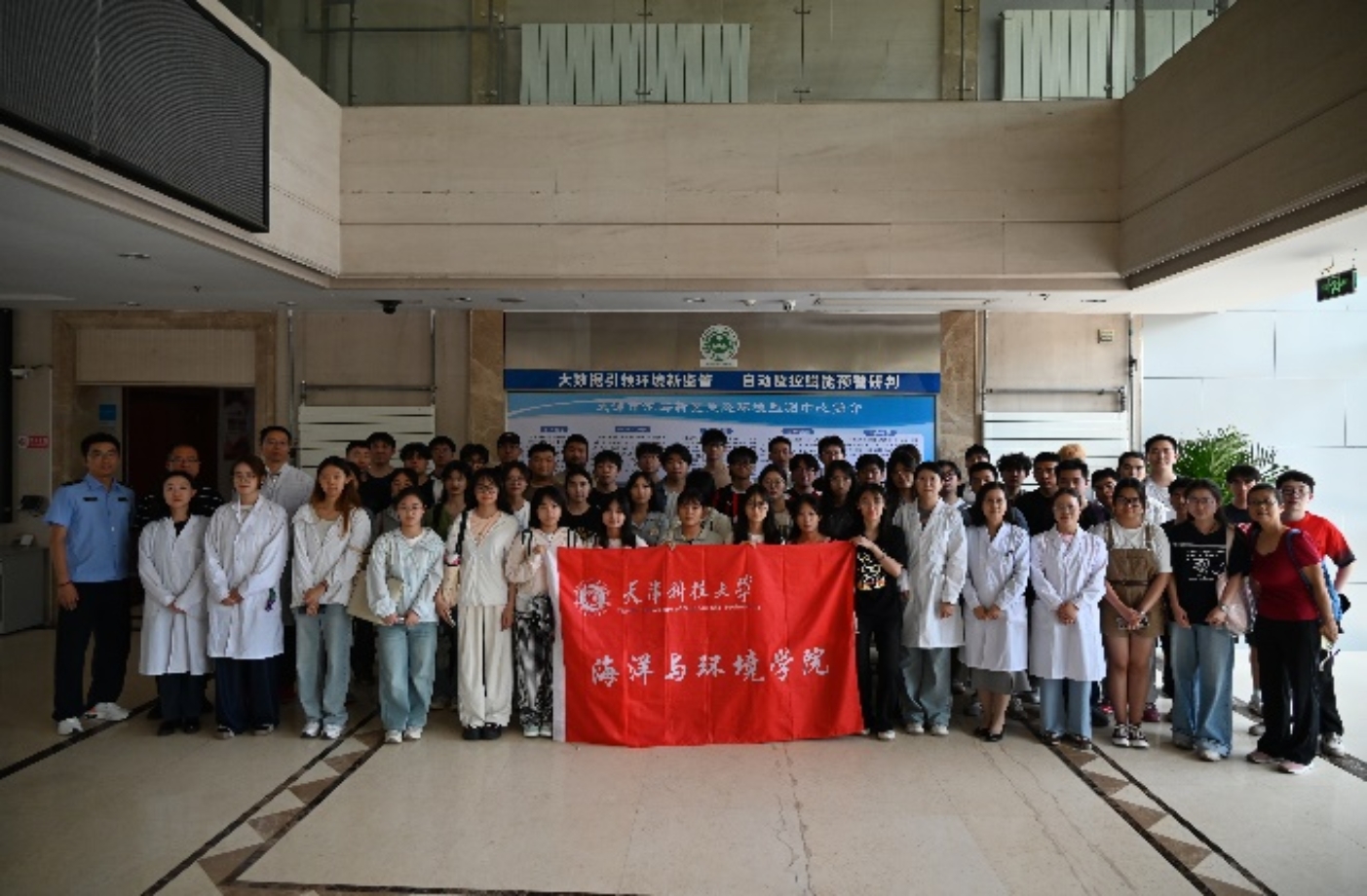
The 2022 undergraduate students majoring in Environmental Science went to the Binhai Area Environmental Monitoring Center and SGS
On June 17th and 20th, the 2022-level undergraduate students majoring in Environmental Science from the College of Ocean and Environment, under the guidance of teachers Bai Xiaoqin, Yan Bo and Liu Qing, successfully completed their comprehensive internships at the Binhai New Area Environmental Monitoring Center and SGS-CSTC Standards Technical Services Co., LTD. (Tianjin Branch). This internship closely aligns with the national strategic demands for ecological civilization construction, implements the school's "Undergraduate Strong Foundation" action plan, and focuses on the cultivation of core capabilities in environmental monitoring. Through in-depth visits, expert explanations, practical operation observations, and case analyses, it has established a complete learning loop from theory to practice and from the classroom to the front line, effectively enhancing students' professional qualities and practical abilities. It demonstrates the school's proactive exploration in cultivating high-quality environmental monitoring talents for the new era.
At the first stop of their internship, the teachers and students entered the Environmental Monitoring Center of Binhai New Area, which serves as the "sentinel" and "think tank" for regional environmental quality. The technical experts from the center systematically explained to the students the entire process, technical standards and quality management system of environmental monitoring work. Under the guidance of professionals, the students delved into various functional laboratories and focused on learning: (1) Water quality monitoring: sampling techniques for different water bodies such as surface water, groundwater, and wastewater, on-site rapid detection indicators (such as pH value, dissolved oxygen, and conductivity), as well as the processes and standards for precise laboratory analysis (such as COD, BOD, ammonia nitrogen, and heavy metals); (2) Soil and solid waste monitoring: Soil sample preparation and pretreatment processes, detection methods for soil pollutants (heavy metals, organic pollutants), and key technologies for solid waste characteristic analysis; (3) Atmospheric monitoring: Key points of monitoring principles for major pollutants such as PM2.5, PM10, SO₂, NOx and VOCs, equipment operation and maintenance, and data quality control; (4) Noise monitoring: Principles for monitoring point layout, instrument operation norms, and data processing and evaluation methods for regional environmental noise, traffic noise, and noise at industrial enterprise boundaries; (5) Emergency Monitoring: Experts, based on typical cases, focused on introducing the processes and technical key points of rapid response, on-site point layout, qualitative and quantitative analysis, and safety protection in sudden environmental incidents (such as chemical leakage).
The advanced instruments and equipment, strict operating procedures and the high sense of responsibility of the monitoring personnel in the center left a deep impression on the students, enabling them to have a direct understanding of the national environmental monitoring network system and the technical support for government supervision.
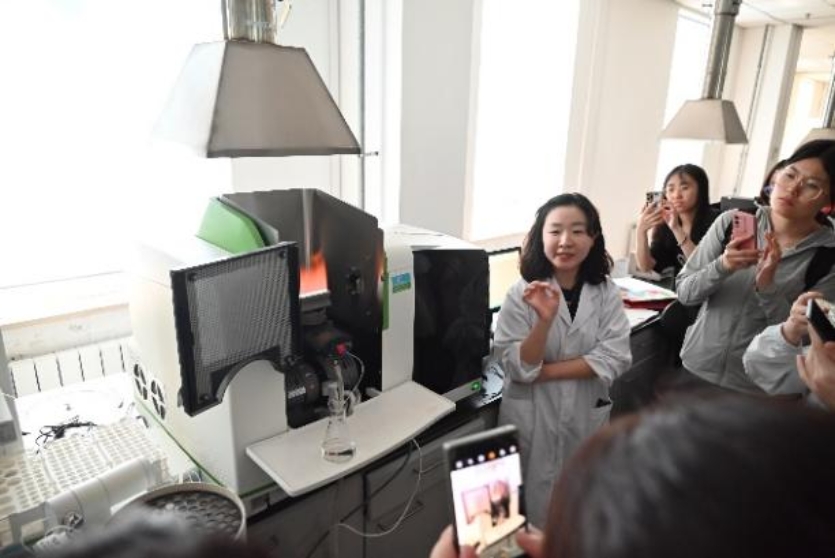
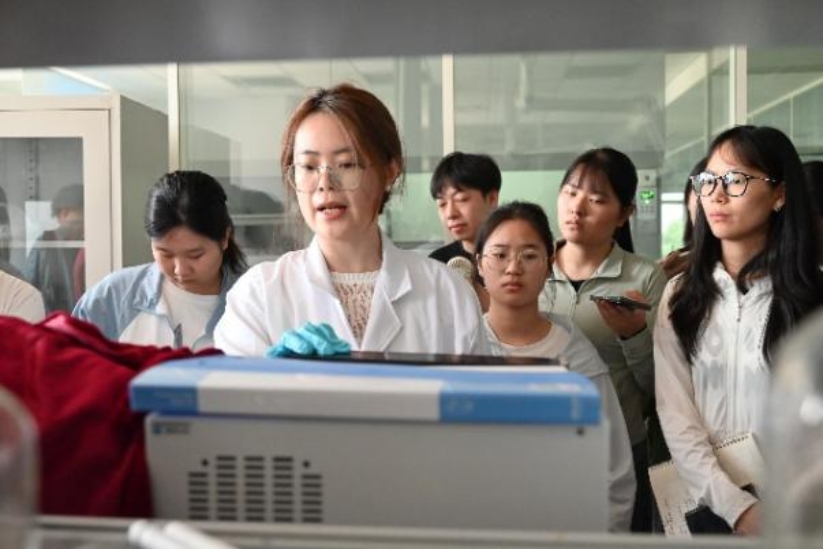
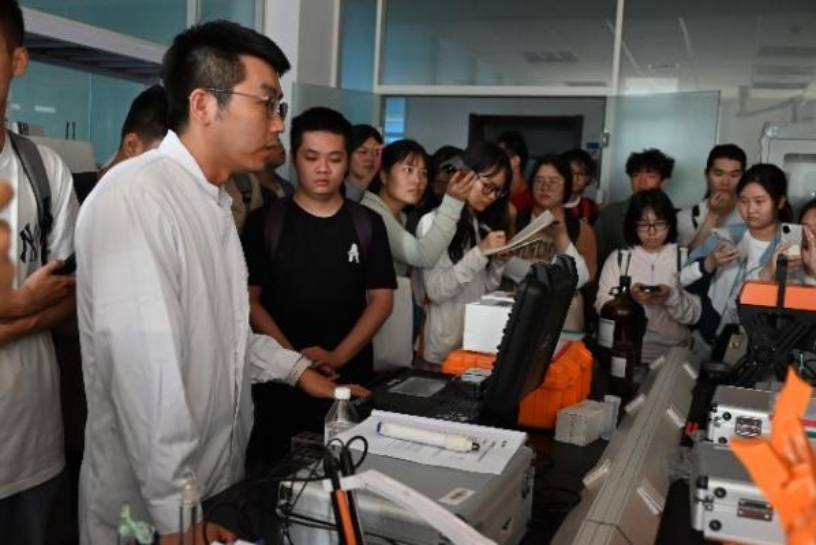
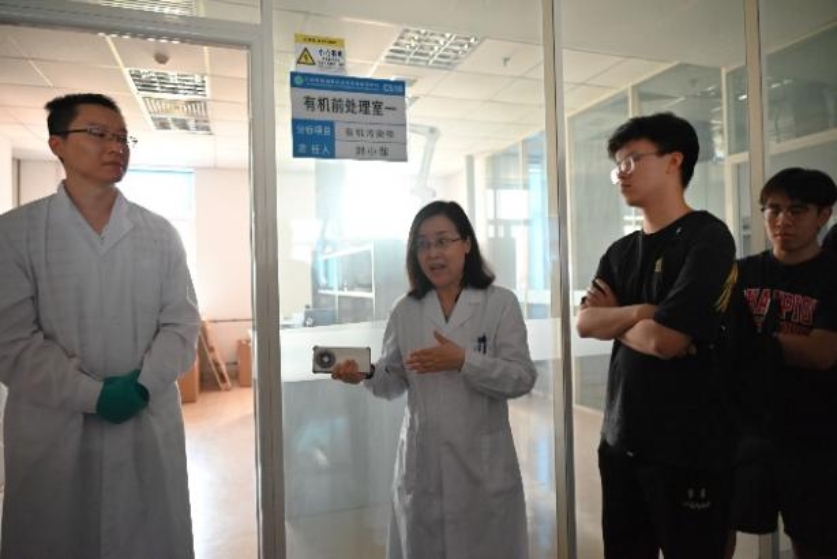
At the second stop of the internship, the teachers and students visited SGS-CSTC Standards Technical Services Co., LTD. (Tianjin Branch), a globally leading inspection, verification, testing and certification organization. This visit not only delved into its modern laboratory but also conducted an on-site inspection of the "front line" of environmental atmospheric monitoring - the outdoor sampling device.
The technical manager first elaborated in detail on the application of internationally recognized testing standards (such as ISO, EPA, GB, etc.) in the field of environmental monitoring, as well as the strict requirements of third-party laboratories in terms of quality control and the fairness of data reports.
Subsequently, the students specially visited the site of the atmospheric sampling devices set up at the factory boundary and specific environmental sensitive points. The technical personnel elaborately explained the different strategies for sampling ambient air and exhaust gas from pollution sources: (1) Detailed explanation of sampling equipment: They closely observed and learned the working principles, operation procedures and maintenance points of atmospheric particulate matter samplers and gaseous pollutant sampling devices (such as summa canisters, adsorption tubes, and solution absorption); (2) On-site operation demonstration: Technicians demonstrated on-site key steps such as filter membrane replacement, sampling flow calibration, sampling time setting, sample identification and preservation, emphasizing the standardization of on-site operations and their decisive impact on the accuracy of subsequent laboratory analysis results.
Finally, the staff led the students on a tour and gave a detailed introduction to the SGS Environmental Laboratory, allowing them to understand the processes of sample reception, pretreatment (such as the extraction and purification of soil samples), and quantitative analysis of pollutants using large and precise instruments like GC-MS and ICP-MS.
The rigorous and efficient management system and advanced testing technology platform of SGS-CSTC Standards have greatly deepened students' understanding of the complexity and importance of environmental monitoring work, broadened the depth and breadth of their professional cognition, and also provided valuable references for their future career planning.
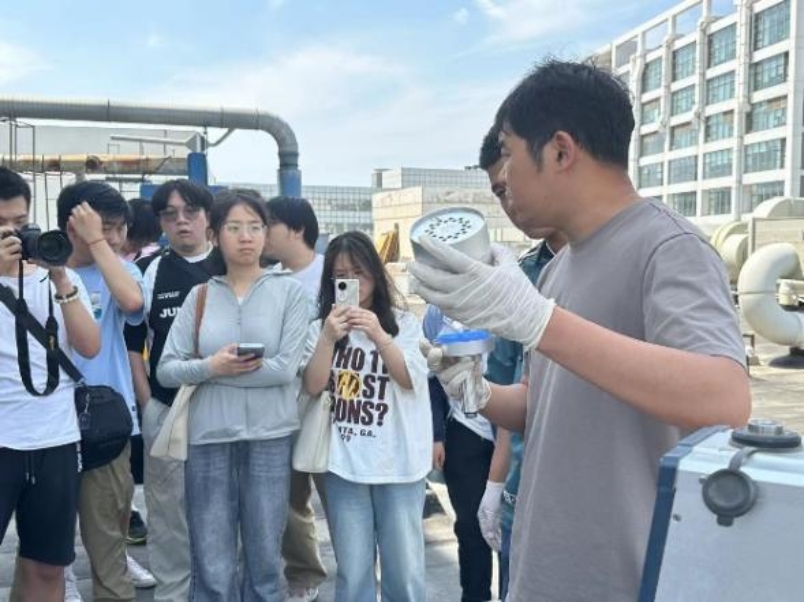
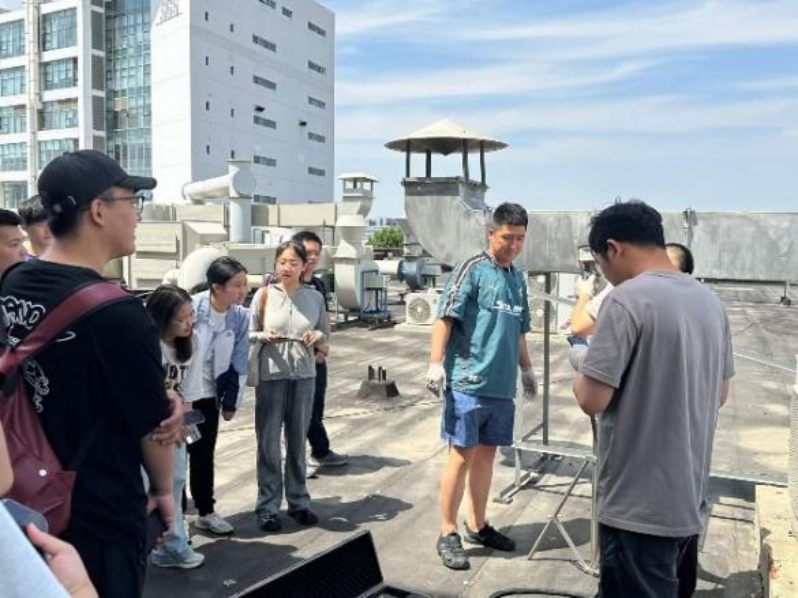
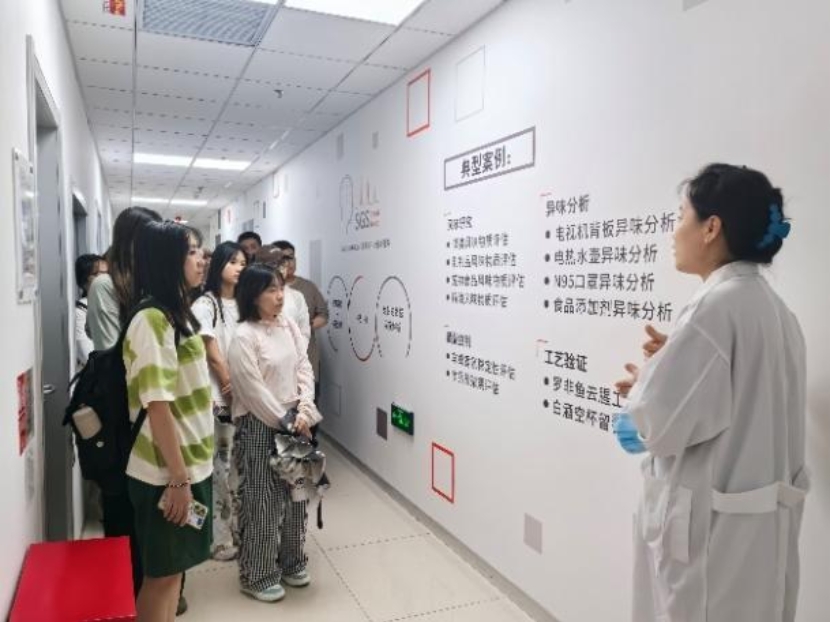
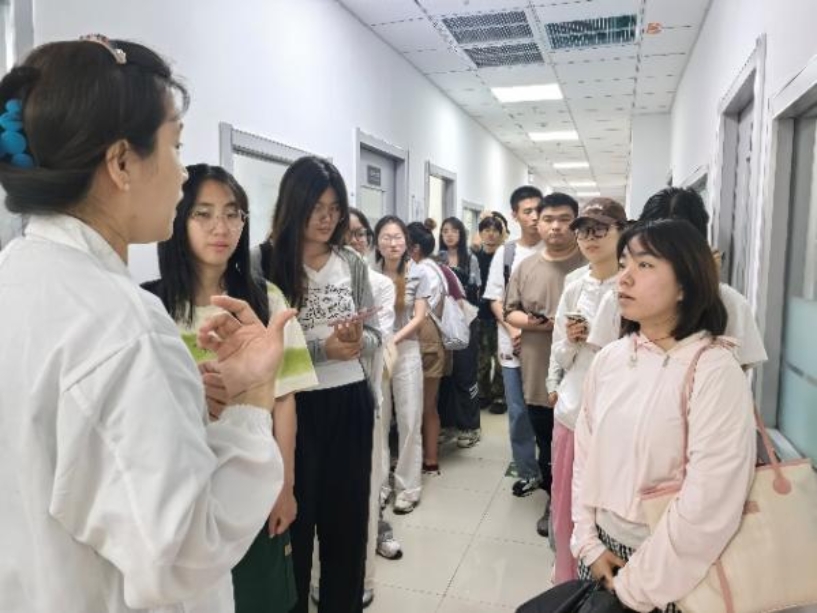
The College of Marine and Environmental Sciences implements the principle of "taking undergraduate education as the foundation", promotes the "Four Returns", consolidates the central position of talent cultivation and the fundamental position of undergraduate teaching, and steadily advances the goals and tasks of the "Pioneer Program", aiming to cultivate innovative talents with solid theoretical foundations, outstanding practical abilities, a strong sense of social responsibility and an international perspective. By delving into industry benchmark units such as the Binhai New Area Environmental Monitoring Center and SGS-CSTC Standards, a deep integration of industry and education has been achieved, seamlessly connecting classroom teaching with the most cutting-edge technologies, standards, and processes in the industry. Students' close observation and even participation in some standardized operation procedures have significantly enhanced their practical understanding of environmental monitoring and their thinking in solving complex environmental problems. This enables students to experience the professional spirit of rigor, standardization, responsibility and innovation in a real working environment, and strengthens their sense of mission to devote themselves to the environmental protection cause.
This environmental monitoring internship is not only a concentrated tempering of professional skills, but also a profound career enlightenment. From the rigorous norms of government monitoring agencies to the advanced and efficient international third-party testing, students have comprehensively appreciated the vastness and depth of the environmental monitoring field. Through the high-quality practical platform established by the "Pioneer Program", students have not only deepened their understanding of book knowledge, but also clarified the direction of their future efforts, and strengthened their confidence and determination to become the reserve force of the "environmental protection Iron Army" protecting the green mountains and clear waters. In the future, they will surely take this internship as a new starting point, and with solid knowledge and excellent skills, contribute the wisdom and strength of students from the University of Science and Technology to building a beautiful China.
